I was studying a Texas Instrument reference board and would like to understand some topologies and PCB routing techniques. The project is a 230-V, 3.5-kW PFC with >98% Efficiency.
Here's the complete project page where you can download the CAD files: TIDA-00779 CAD Files.
I would like to start asking what are the reasons for using these marks on the bottom solder layer?
If anyone observes another interesting feature or technique used in the design of this board, please share with us.
Thank you.

